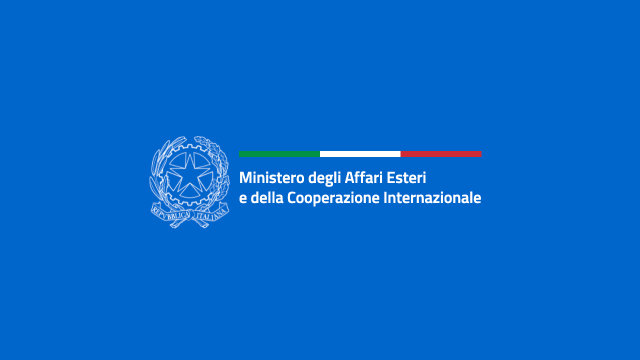Hydrogen propulsion, science for peace and space archaeology are the themes chosen by the Ministry of Foreign Affairs and International Cooperation (MAECI) to illustrate the contribution that ‘scientific diplomacy’ can make in internationalising Italy’s research and innovation systems at the 2016 edition of the Genoa Science Festival.
The three themes were the focus of a meeting held last 28 October at the “Sala del Maggior Consiglio” of the Ducal Palace of Genoa, which was divided into three panels of debate held in parallel and moderated by the Scientific Attachés of the MAECI, with the contribution of Italian scientists from Universities and Research Centres and representatives of innovative companies involved in international cooperation efforts.
The panel “Hydrogen (H): the sign of the third millennium for sustainable mobility” was moderated by Josè M. Kenny, the Scientific Attaché at the Italian Embassy in Buenos Aires. He said: “Hydrogen-powered vehicles consume less, are not polluting, are quiet and reliable but their distribution still has to be systematically optimised. Thanks to an international cooperative effort by researchers worldwide, and to the financial support of the MAECI, materials and systems have been developed whose costs are now close to those of traditional solutions.” The following contributions were by Maria Peressi, from the Department of Physics of the University of Trieste, Francesco Bonaccorso, from the Genoa-based Italian Institute of Technology, Gianni Bidini, from the Department of Engineering of the University of Perugia, and Mario Damiani, from the Hydrogen Park S.c.a.r.l. in Venice.
The “Signs of Peace” panel addressed the importance of science and of scientific diplomacy in re-establishing dialogue and favouring peace processes between conflicting Countries. The panel was moderated by Stefano Boccaletti, Scientific Attaché at the Italian Embassy in Tel Aviv, who said: “Scientific research, thanks to its universal nature, opens bridges of dialogue between peoples, removes barriers of diffidence and tears down the walls that still exist in geopolitical scenarios.” Other contributions were made by Giorgio Paolucci, Scientific Director of the SESAME Project; Maurizio Fermeglia, Rector of the University of Trieste; Itamar Procaccia, winner of the Rita Levi Montalcini Prize for scientific cooperation between Italy and Israele; Riccardo Signorato, from CINEL Strumenti Scientifici.
“Satellites, with their formidable potential, are opening new ground for archaeological research. Italian ‘Space Archaeologists’, also through the support of the MAECI, have unveiled the Silk Road in China and the Nazca pyramid in Peru,” said Plinio Innocenzi, Scientific Attaché at the Italian Embassy in Beijing, who introduced the third panel “Signs of Time from Space: Space Archaeology,” with contributions by Roberto Battiston, President of the Italian Space Agency (ASI), Rosa Lasaponara and Nicola Masini, researchers at the CNR, the Italian Research Council.

